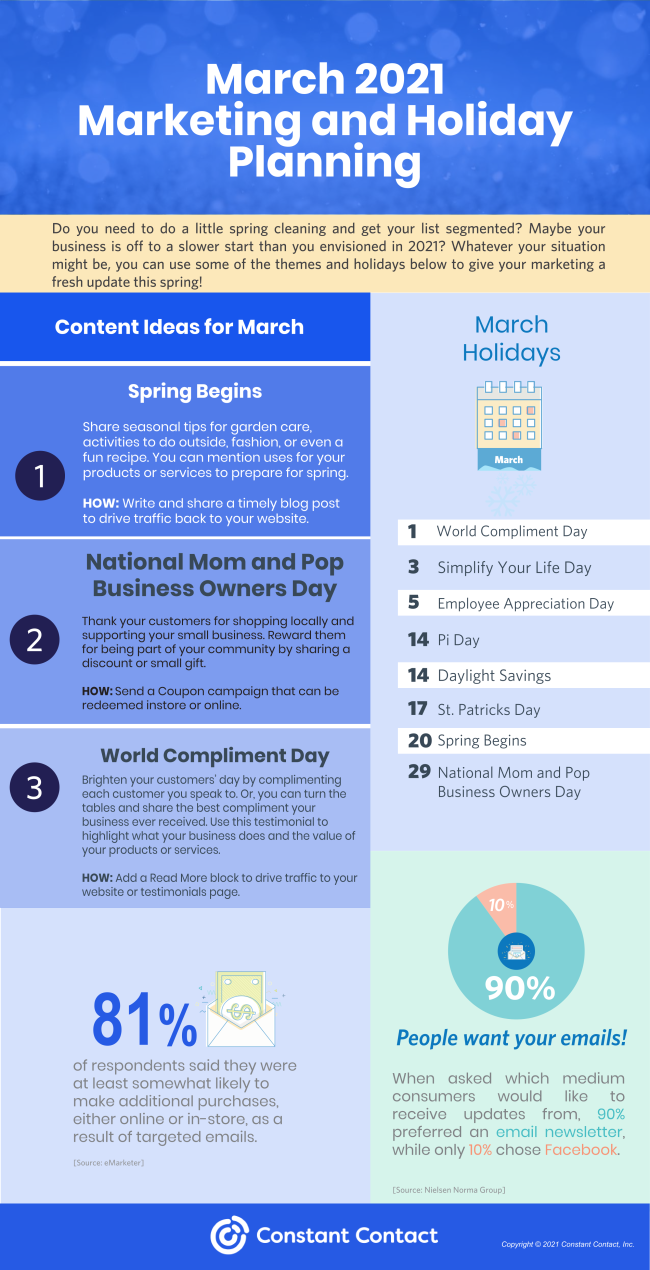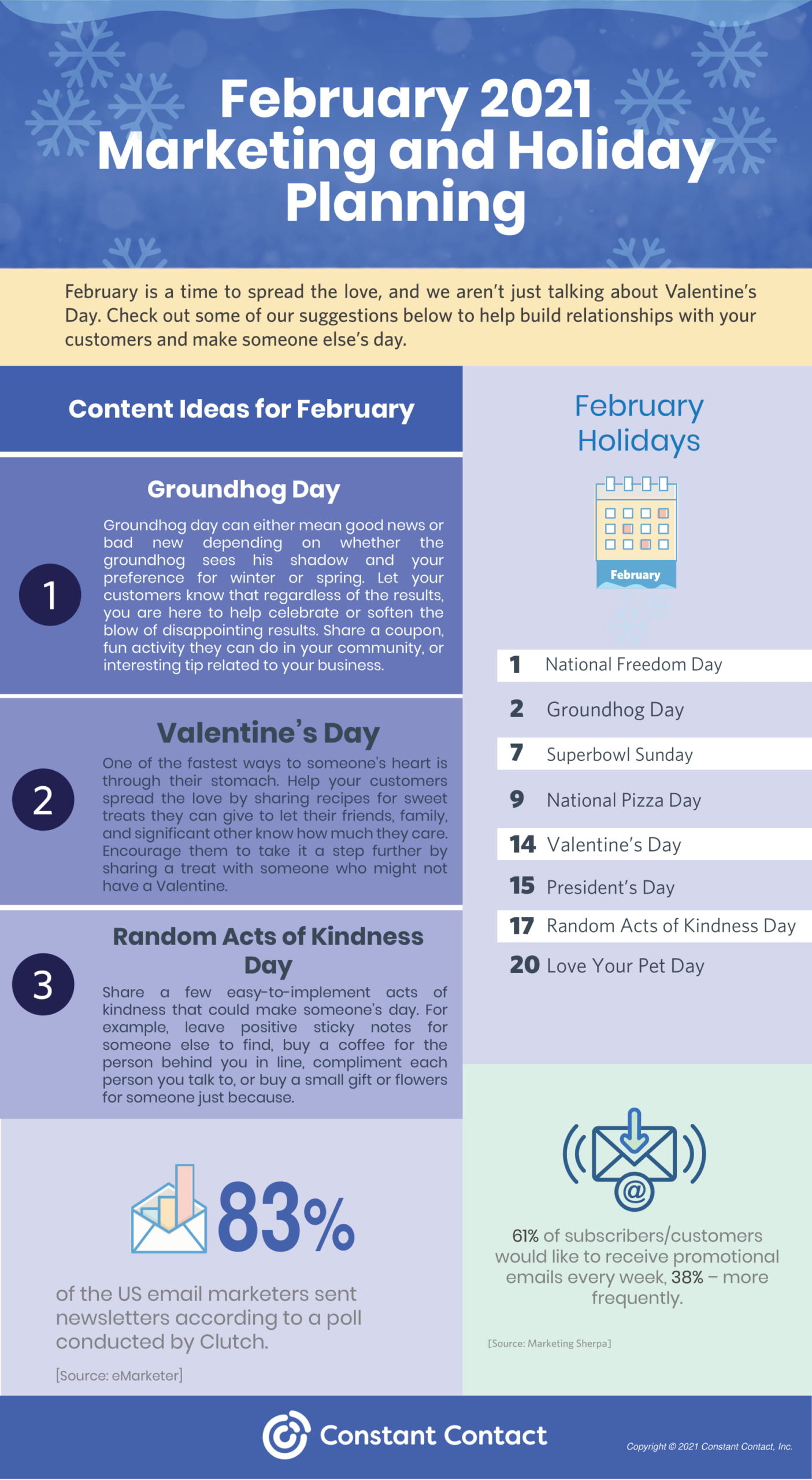So, what exactly do you need to know about your Avatar?
There are four components to explore or understand when we are identifying our Avatar. Those areas are psychographic, demographic, geographic, and behavior segments.
Let’s start with psychographics. Psychographics cover your avatars lifestyle, their values and their motives, their personality traits: the things that are of interest to them.
Probably the most common segmentation people are familiar with is demographics. Demographics include one’s age and gender, their income and education, their nationality or ethnicity, their religion.
The geographic segment is fairly simple. It’s whether your audience is local, regional, national or international.
And finally we explore the behavioral segmentation. This is quite possibly one of the most critical components to understand about your avatar. Knowing where they stand as far as brand loyalty or product loyalty, where they are in the buyer’s journey.
I challenge you to complete 3 ideal client avatars for your business or organization, your service or product. And keep in mind that your client avatars will likely shift somewhat over time. We encourage all businesses to review their ideal client avatars on a regular basis. An annual review, prior to creating your next marketing calendar, is a great way to stay current with your avatars.
Congratulations!
You’ve identified three ideal client avatars!
The next step is to determine, based on your avatars, where and when to post content that your avatars will consume. Join us next week for some practical tips you can use right away to help get your message heard by your audience.






